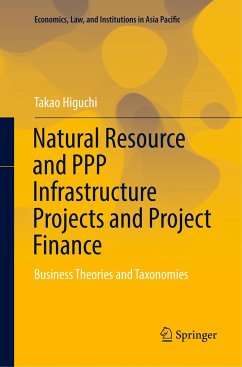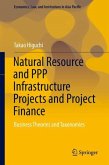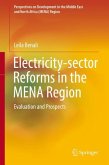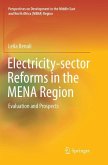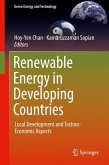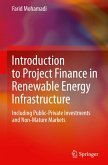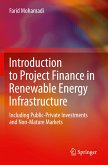This is one of the first books that comprehensively explains fundamental theories of natural resource and infrastructure public private partnership (NRI-PPP) projects and project finance.
NRI-PPP projects and project finance have been adopted in natural resource development, including oilfield development, mine development, and liquefied natural gas production; manufacturing, such as petrochemistry, which uses crude oil; and infrastructure-related projects such as railways, roads, airports, ports, water supply, waste treatment, communications, and electricity.
An important concern during negotiations among the various stakeholders is the lack of congruence between theories underlying NRI-PPP projects and project finance and the particular, real-life business considerations of the subject project and lack of understanding of the key theories. Studies that help us understand NRI-PPP projects and project finance have been developed based on economic theories such as contract theory and the economics of law by several distinguished professors. Until now, however, in financial institutions staff in departments that specialize in project finance have developed an understanding of the theories underlying NRI-PPP projects and project finance primarily through on-the-job training during which business points of view were passed on. Principles and theories regarding NRI-PPP projects and project finance have not been taught through textbooks in these firms. In fact, there are only a few books that explain the fundamental theories for actual project structures or actual project finance. This book attempts to fill that gap by making clear the fundamental theories that exist behind the actual projects and project finance in relation to natural resources and infrastructure.
Readers of this book will include not only professionals in various private sectors and banks but also those involved in PPP projects in the public sector.
NRI-PPP projects and project finance have been adopted in natural resource development, including oilfield development, mine development, and liquefied natural gas production; manufacturing, such as petrochemistry, which uses crude oil; and infrastructure-related projects such as railways, roads, airports, ports, water supply, waste treatment, communications, and electricity.
An important concern during negotiations among the various stakeholders is the lack of congruence between theories underlying NRI-PPP projects and project finance and the particular, real-life business considerations of the subject project and lack of understanding of the key theories. Studies that help us understand NRI-PPP projects and project finance have been developed based on economic theories such as contract theory and the economics of law by several distinguished professors. Until now, however, in financial institutions staff in departments that specialize in project finance have developed an understanding of the theories underlying NRI-PPP projects and project finance primarily through on-the-job training during which business points of view were passed on. Principles and theories regarding NRI-PPP projects and project finance have not been taught through textbooks in these firms. In fact, there are only a few books that explain the fundamental theories for actual project structures or actual project finance. This book attempts to fill that gap by making clear the fundamental theories that exist behind the actual projects and project finance in relation to natural resources and infrastructure.
Readers of this book will include not only professionals in various private sectors and banks but also those involved in PPP projects in the public sector.

